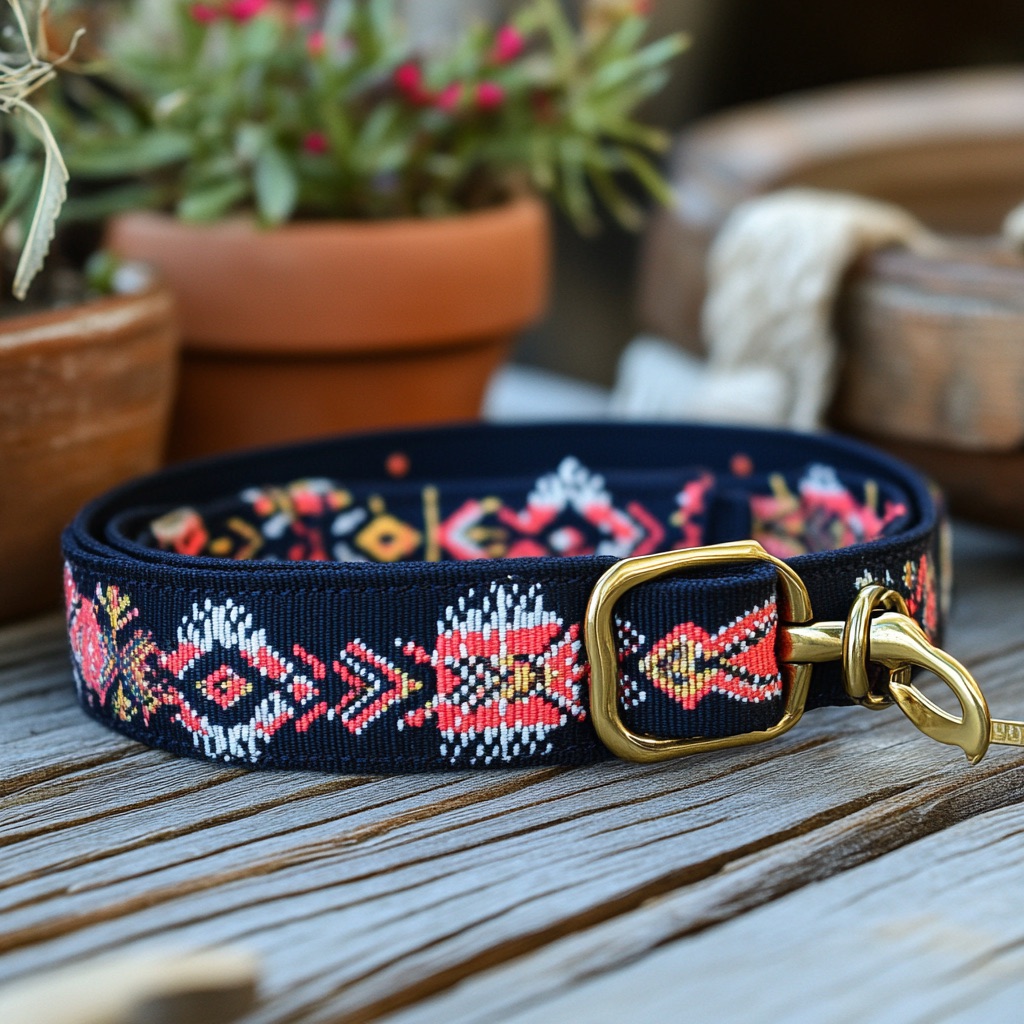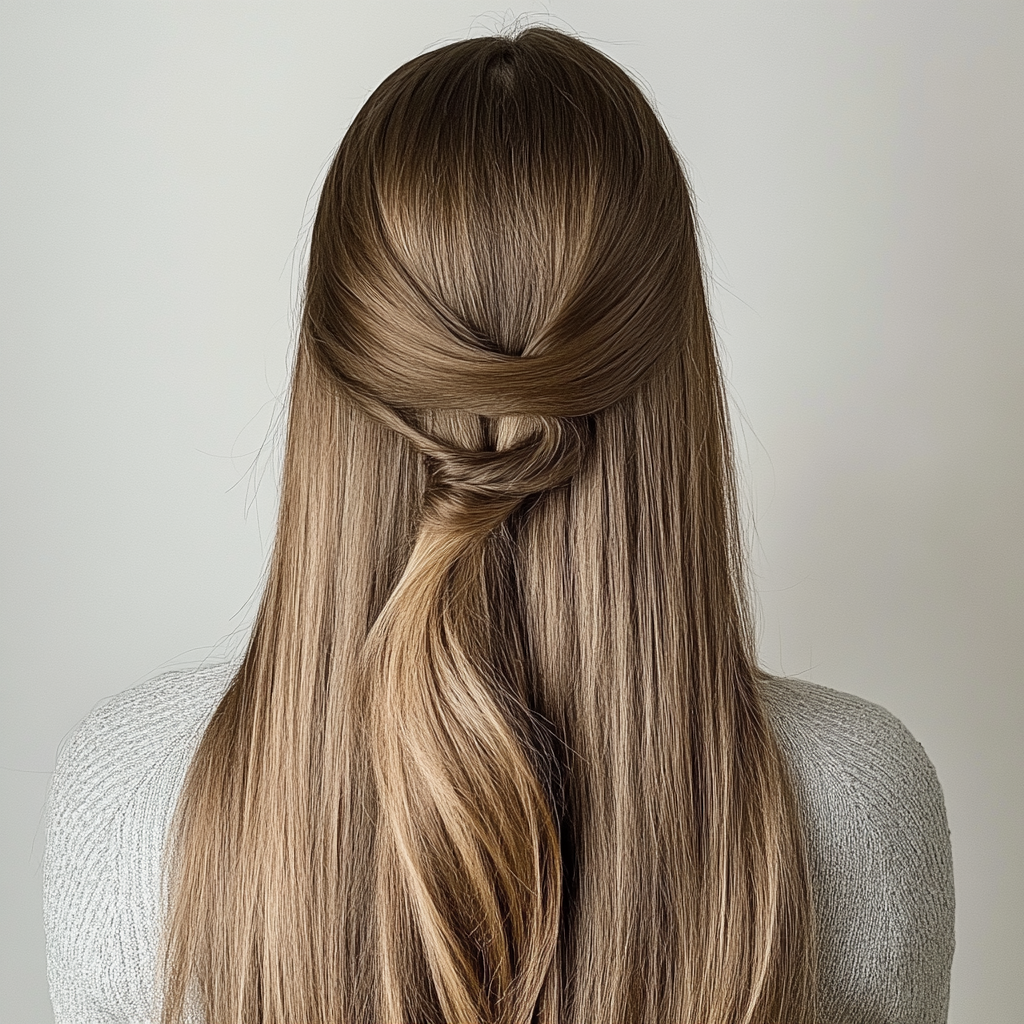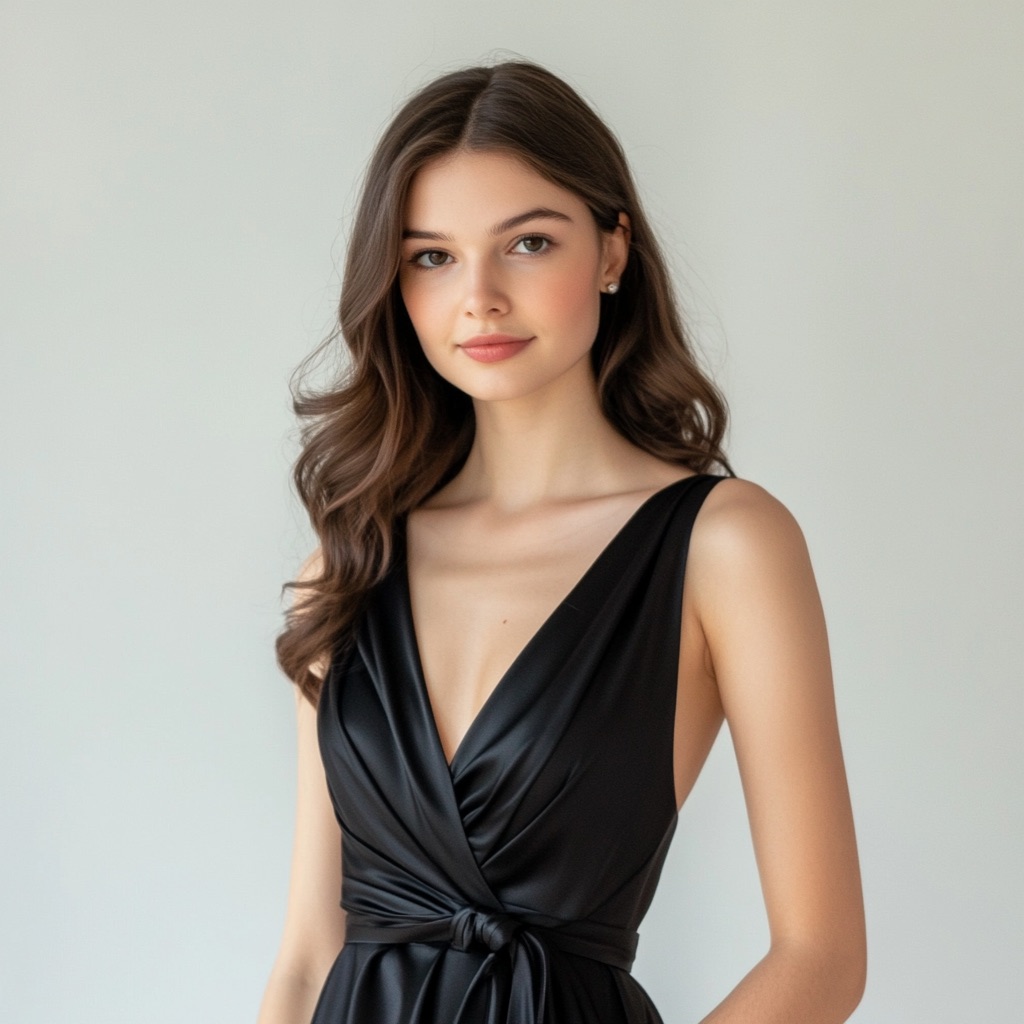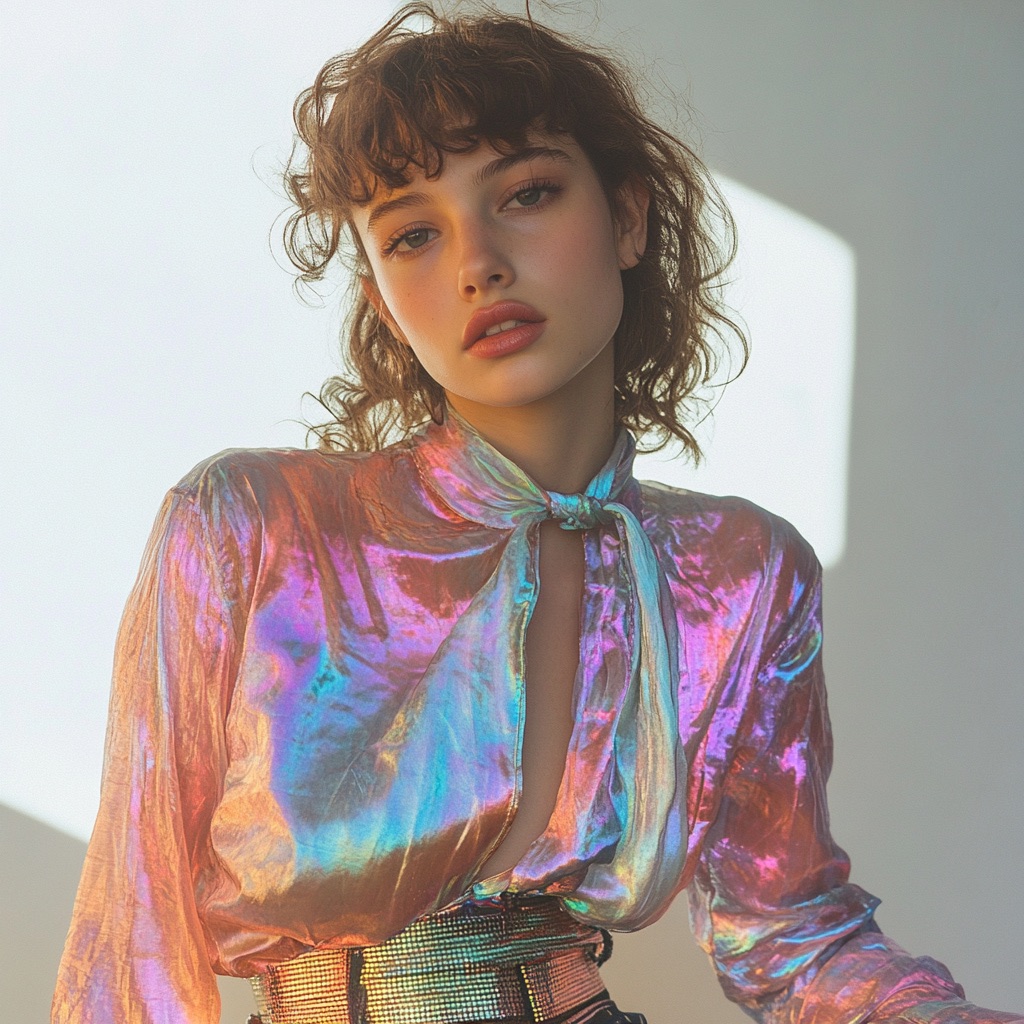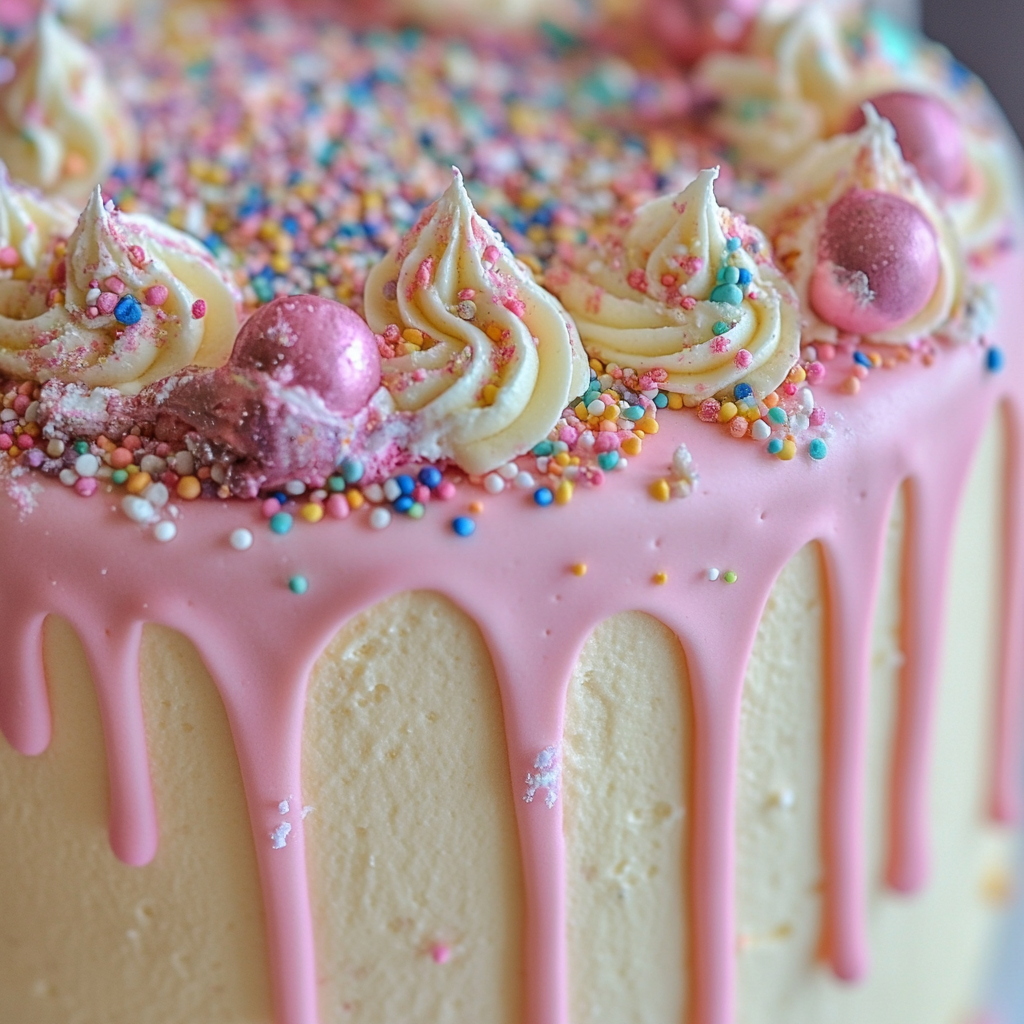Imagine stepping into a sunlit studio with brushes and paints ready.
There’s an inviting thrill in creating abstract art that resonates deeply. As one embarks on a journey with the most popular DIY abstract art techniques, the possibilities seem endless. Every stroke, every splash of color, is a step towards unlocking one’s unique artistic vision.
Acrylic Pouring
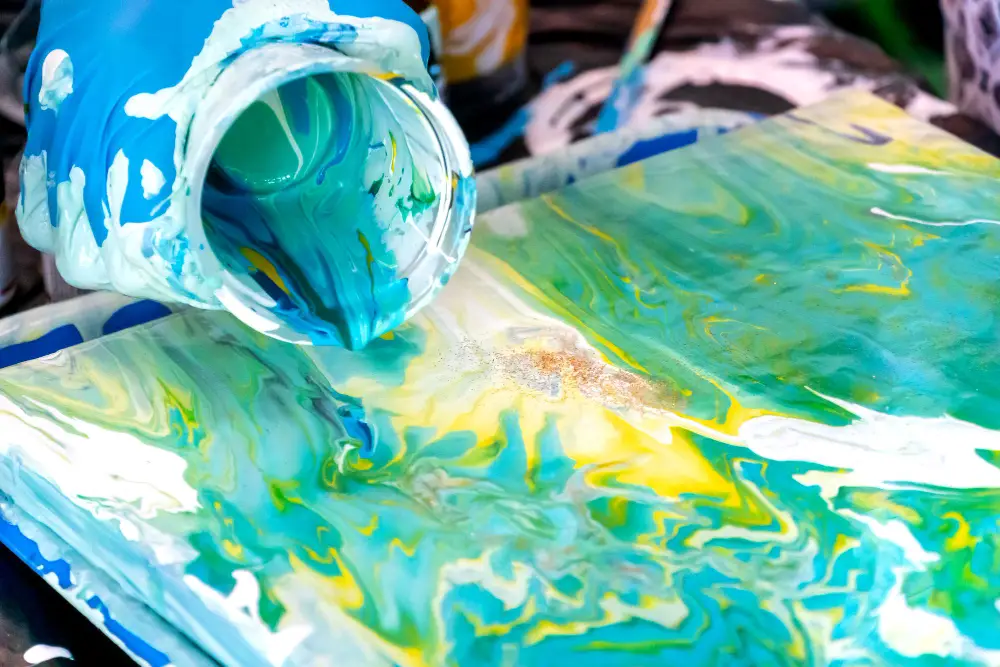
Acrylic pouring captures creativity effortlessly, a technique that revitalizes artists’ imaginations. Its dynamic nature involves pouring fluid acrylics onto a surface, allowing them to flow and mix freely. This mesmerizing method leads to stunning, unpredictable designs that are as unique as the artists themselves.
These swirling, vibrant patterns make acrylic pouring a favorite among the most popular DIY abstract art techniques, encouraging everyone to embrace their inner artist with confidence.
Materials Needed
Creating abstract art requires a selection of versatile materials, each contributing unique effects. Common supplies include acrylic paints, brushes, and canvases. Experimenting with different tools can inspire innovation.
For more texture and dimension, consider using modeling paste or “gesso primer.” These can add a professional finish, enhancing the overall aesthetic of the artwork.
Essential additional materials: A palette for mixing, rags for cleanup, and varnish for sealing the final piece. Having these on hand ensures a smooth and satisfying creative process from start to finish.
Step-by-Step Guide
Creating stunning DIY abstract art is simpler than one might think.
Follow these steps to unleash your creativity with confidence:
- Gather Your Materials: Collect acrylic paints, canvases, brushes, a palette, rags, and varnish.
- Prepare Your Canvas: Apply a gesso primer to your canvas for a smooth surface.
- Mix Your Paints: Use your palette to blend colors to your liking.
- Start Painting: Use brushes or pour techniques to apply paint to the canvas.
- Add Texture: Incorporate modeling paste for extra dimension.
- Let It Dry: Allow the painting to dry completely before handling.
- Seal Your Artwork: Apply varnish to protect and enhance your finished piece.
Alcohol Ink Art
Alcohol Ink Art involves using vibrant, alcohol-based inks to create stunning, free-flowing designs.
To achieve mesmerizing effects, artists manipulate the inks with blending solutions (often alcohol) to achieve an almost ethereal quality, making this technique a favorite for both amateurs and experienced artists alike.
The terms “alcohol ink” and “alcohol-based” are almost synonymous in referring to this artistic medium.
Techniques and Tips
Here’s a toolbox filled with inspiring techniques and tips to jumpstart your DIY abstract art journey:
- Pouring: Unleash mesmerizing swirls and marbled effects. Mix acrylic paint with a pouring medium and let your creativity flow onto the canvas.
- Layering: Build depth and intrigue. Apply paint in layers over time, allowing each layer to dry before adding the next. Don’t be afraid to use unconventional tools like credit cards, sponges, or even your fingers for unique textures.
- Mixed Media Magic: Take your art to the next level. Incorporate unexpected elements like glitter, fabric scraps, or even paper to add depth and textural interest. The possibilities are endless!
- Splatter and Dripping: Embrace the unexpected. Load your brush with paint and flick it across the canvas, creating a burst of energy and movement.
- Stencils and Masking: Play with positive and negative space. Use stencils or masking tape to create defined shapes and patterns..
- Linework and Scribbling: Find beauty in simplicity. Grab a pencil or paintbrush and create expressive lines, swirls, or scribbles across the canvas.
Inspiration from Abstract Artists
Understanding their techniques and visions can spark one’s creativity. By delving deeply into the works of renowned figures such as Jackson Pollock or Mark Rothko, anyone can grasp the emotive power behind abstract artistry.
Whether it’s the bold strokes of Willem de Kooning or the soothing hues of Agnes Martin, these masterpieces serve as excellent references. Incorporating these influences allows one to develop a personalized approach.
Plenty of great artists, including those on Art by Maudsch, showcase their abstract painting techniques, offering a rich source of inspiration. Research and practice inspired by these icons can invite endless opportunities for creativity.
Collage Art
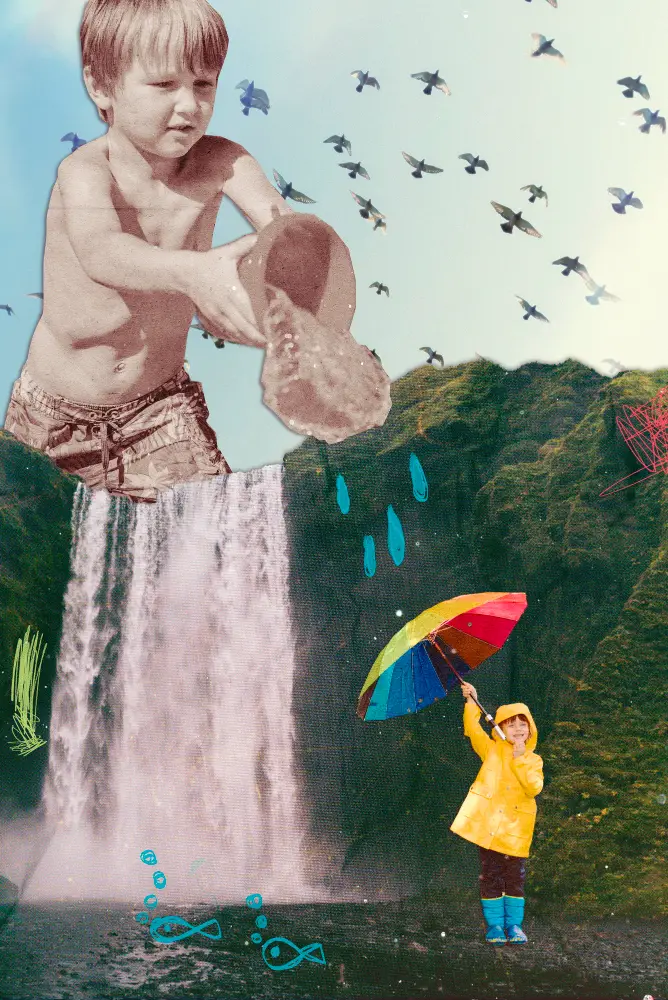
Collage art, a dynamic and multi-faceted DIY technique, is beloved by many abstract artists. It involves combining different materials such as paper, fabric, and found objects to create innovative visual compositions.
The terms “mixed-media” and “assemblage” are often used interchangeably with collage art.
Choosing Your Materials
Selecting the right materials is essential for successful DIY abstract art projects.
Here’s a list of essential materials to consider:
- Canvas: A foundational component available in various sizes and shapes.
- Paints: Acrylic, oil, and watercolor are popular choices depending on desired texture and drying time.
- Brushes: Different brush types provide various stroke effects and textures.
- Palette Knives: Essential for experimenting with thick paint applications.
- Mixed Media: Fabrics, papers, and other found objects enhance artistic richness.
- Protective Gear: Gloves and aprons protect clothing and skin from mess.
Assembling Your Collage
Start the collage by gathering all chosen materials in one workspace for easy access.
Here’s a step-by-step guide to help you assemble your collage:
- Plan Your Layout: Arrange materials loosely on the canvas to visualize the final design.
- Layer Your Base: Apply a base layer of paint or paper to create a solid foundation.
- Add Elements: Glue or adhere elements piece by piece, focusing on balance and flow.
- Use Mixed Media: Incorporate fabrics, papers, or other found objects to add texture and depth.
- Embellish with Details: Add fine details with markers, pens, or small brush strokes for extra interest.
- Seal and Finish: Once satisfied, seal the collage with a protective medium.
Combining Different Mediums
Many artists enjoy mixing paints with other materials. This approach allows them to add unique textures and layers, turning each piece into a multidimensional work of art. Additionally, blending techniques from different mediums can expand one’s repertoire and lead to captivating creations.
Artists might mix acrylics and oil pastels, focusing on contrast and depth. They can add materials like fabric or metal to bring an extra layer of intrigue, turning a two-dimensional piece into a tactile masterpiece.
These varied elements create a visually dynamic experience, encouraging viewers to engage more intimately with the work. Experimenting and embracing these techniques in 2024 lets artists discover new dimensions, while also expanding their creative horizons.
Mixed Media
Mixed media art is an exciting way to incorporate various textures and materials into a single piece, allowing artists to experiment with endless possibilities. Combining supplies such as paint, pencils, collages, and digital elements, enthusiasts can craft uniquely personal works that tell a story.
This approach encourages creativity and fosters a deeper connection with the art itself.
Combining Different Mediums
Artists have an incredible palette of options to choose from. They might mix acrylic paints with charcoal for striking contrast or blend watercolor with ink to add detailed lines and vibrant fills. Moreover, adding materials like sand, paper, or fabric can elevate the artwork.
There is joy and satisfaction in seeing how different mediums interact on the canvas. Each pairing can lead to surprise results and new artistic revelations. Mixing different textures and colors encourages a sense of play and exploration.
Creative possibilities are endless, especially in 2024. Artists can use technology alongside traditional methods to produce innovative, boundary-pushing pieces.
Textures and Techniques
Textures and techniques are pivotal in crafting engaging, compelling abstract art. They bring depth, a tactile quality, and a dynamic energy to the canvas that fascinates viewers.
Here’s a breakdown of key methods:
- Texture Paste Magic: Breathe life into your canvas with texture paste. This versatile medium allows you to create raised surfaces, smooth them out, or sculpt them into unique forms.
- Layering for Depth: Build captivating layers of paint. Apply, peel back, and rework multiple layers to reveal intriguing undertones and create mesmerizing complexity. Each layer adds a story to your art.
- Brushwork that Speaks: Let your brushstrokes do the talking. Bold, sweeping gestures or delicate, intricate lines can dramatically impact the final piece.
- Collage Chaos: Incorporate unexpected elements! Cut out pieces of fabric, paper, or even photographs and integrate them into your abstract masterpiece.
- Stamping Delights: Explore the world of stamps! Use pre-made stamps or create your own to add repetitive patterns or interesting shapes to your artwork.
- Scratching and Sgraffito: Reveal hidden depths with scratching techniques! Layer dark paint over a lighter base coat and use tools like brushes, sandpaper, or even your fingernails to scratch through the top layer.
Painting by Numbers
Painting by numbers is an engaging and fun way to delve into the world of abstract art, especially for beginners. To get started, select a pre-made kit, which often comes with pre-defined color palettes and canvases marked with numbers. Gather your supplies, including brushes, paints, and a clean workspace.
Begin painting by following the number guide on the canvas, filling in each section with the corresponding color. Using custom paint by numbers kits can add a personalized touch to your artwork.
Once you have completed the numbered sections, feel free to add your own details or embellishments. This method democratizes the creation of art, making it accessible to everyone, regardless of skill level.
Digital Abstract Art
Digital abstract art opens endless possibilities, allowing for experimentation without the mess. Many artists find that digital platforms offer tools that can mimic traditional techniques, promoting a unique blend of classic and modern styles.
From using software like Photoshop to apps like “Procreate,” digital art is accessible to many budding artists. It allows for layering, undoing mistakes, and experimenting with various textures and brushes. As technology continues to evolve, the realm of digital abstract art becomes even more exciting and boundless.
Essential Software and Tools
Creating stunning DIY abstract art requires the right tools and software to bring your vision to life. Essential software includes tools like Adobe Photoshop and Corel Painter. These applications offer powerful features to blend colors, create layers, and experiment with different techniques.
Investing in a reliable digital pen and tablet can significantly enhance your ability to produce detailed and intricate designs. Many artists also recommend exploring online tutorials and communities to continuously refine their skills and stay updated on the latest trends in abstract art.
Digital Techniques and Effects
The digital world offers a treasure trove of tools and techniques for creating DIY abstract art.
Here’s a glimpse into the vast potential of digital tools:
- Emulate & Experiment: Digital tools let you replicate traditional painting styles while adding unique effects.
- Sharp Lines & Clean Designs: Embrace the precision of vector graphics. Create crisp, clean lines that are perfect for bold abstract designs.
- Collage Chaos Reimagined: Experiment with digital collage techniques! Combine found images and textures to craft captivating compositions. Let your imagination run wild!
- Brushstrokes Reborn: Digital brushes offer a world of possibilities! Recreate the look and feel of traditional brushstrokes or experiment with entirely new ones.
- Algorithmic Assistance: Unleash the power of code! Explore generative art software that utilizes algorithms to create abstract compositions.
The Takeaway
Exploring popular DIY abstract art techniques opens up a world of creative possibilities, each offering a unique approach to artistic expression. From the vibrant spontaneity of pouring paints to the precision of stenciling, artists have numerous options.
Incorporating these techniques helps artists develop skills, discover their style, and find joy in the process. DIY abstract art also brings personalized beauty into any space, transforming it with your creativity. Dive in, experiment, and let your imagination soar in the world of DIY abstract art.

